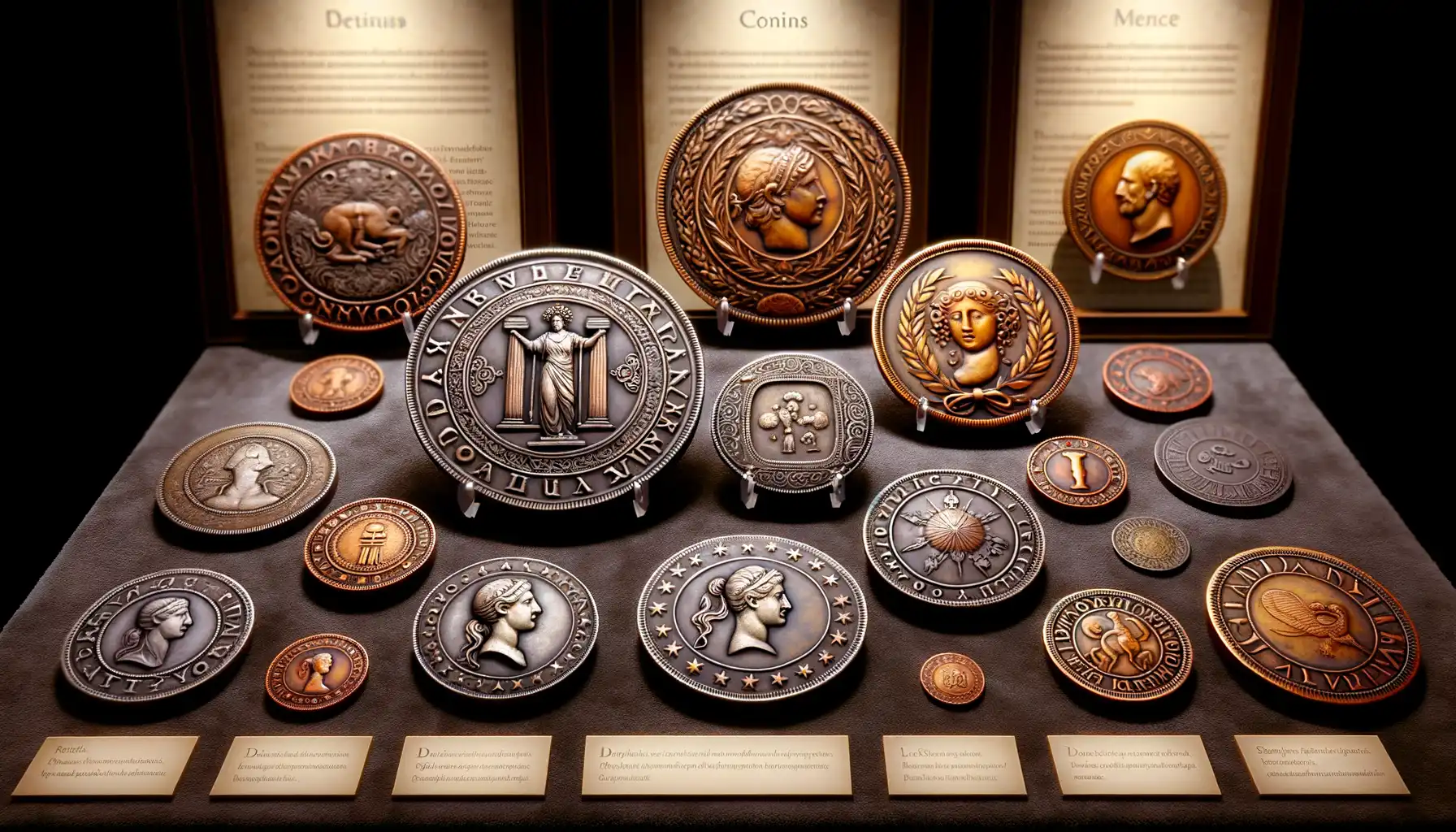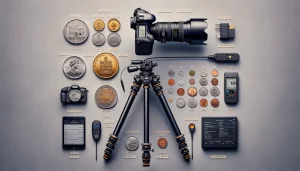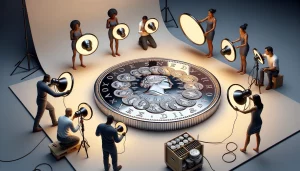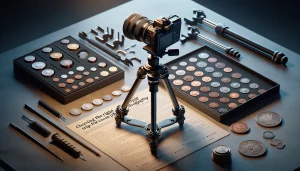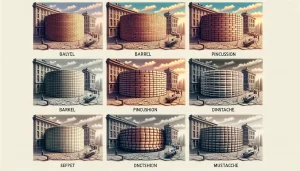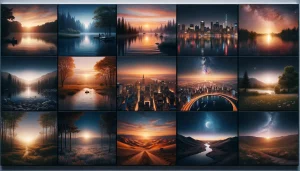Night photography, a genre that promises as much mystery as it does magic, offers an unparalleled opportunity to capture the nocturnal nuances of the world around us. From the serene silence of a starlit sky to the vibrant velocity of city lights, the possibilities are as limitless as the night is dark. In this comprehensive guide, we’ll explore essential techniques and creative strategies to help you unlock the full potential of night photography.
Mastering Camera Settings for Night Photography
To begin, understanding and adjusting your camera settings is crucial for successful night photography. Here’s how to set up your camera to capture the night in all its glory:
1. Shutter Speed: Night photography often requires a dance with time, captured through your shutter speed. For shots where you aim to freeze the stars as pinpoints, speeds between 5 to 30 seconds can be effective, depending on ambient light and your specific goals. Longer exposures will allow you to capture the swirling trails of stars or the smooth, painterly strokes of car lights on a busy avenue.
2. Aperture: Your aperture will largely depend on what you’re shooting. A wide aperture (e.g., f/2.8) is ideal for star photography, allowing maximum light to reach the sensor. When capturing landscapes or cityscapes at night, a smaller aperture (e.g., f/16) helps ensure that all elements from the foreground to the distant lights are in sharp focus, giving you a greater depth of field.
3. ISO: Balancing ISO is critical. While higher ISOs enable quicker exposures by making your camera more sensitive to light, they also increase the noise or grain in your images. Start with a lower ISO and only increase it as needed to find the right balance between exposure and image quality.
Stabilizing Your Shots with a Tripod
A sturdy tripod is non-negotiable in night photography. Long exposure times are essential for capturing enough light, but they also make your camera vulnerable to any movement, which can blur your photos. A tripod not only stabilizes your camera but also frees you to focus on perfecting your composition.
Creative Techniques for Capturing the Night
Light Trails and Light Painting: Light trails are a dynamic way to illustrate movement. By setting your camera on a tripod and using a long exposure, the lights of moving cars create colorful paths that lead the viewer’s eye through the composition. Alternatively, light painting allows for personal creativity to shine—using a flashlight or any light source, you can create patterns, highlight subjects, or even write words in the air.
Cityscapes and Star Photography: The contrast between the tranquil stars and the bustling city lights can be mesmerizing. For cityscapes, capture moments when artificial lighting complements the architecture. For stars, venture out on clear, moonless nights to avoid light pollution and capture the cosmos. Techniques such as time-lapses can elevate your star photography, turning hours of the Earth’s rotation into seconds of mesmerizing video footage.
Silhouettes Against the Night Sky: Silhouettes can add a layer of mystery and drama to your night shots. Position a subject against a relatively brighter light source, such as the moon or city lights, to create a silhouette. This technique is particularly effective with trees, architectural structures, or even people, providing a stark contrast and a strong focal point in the image.
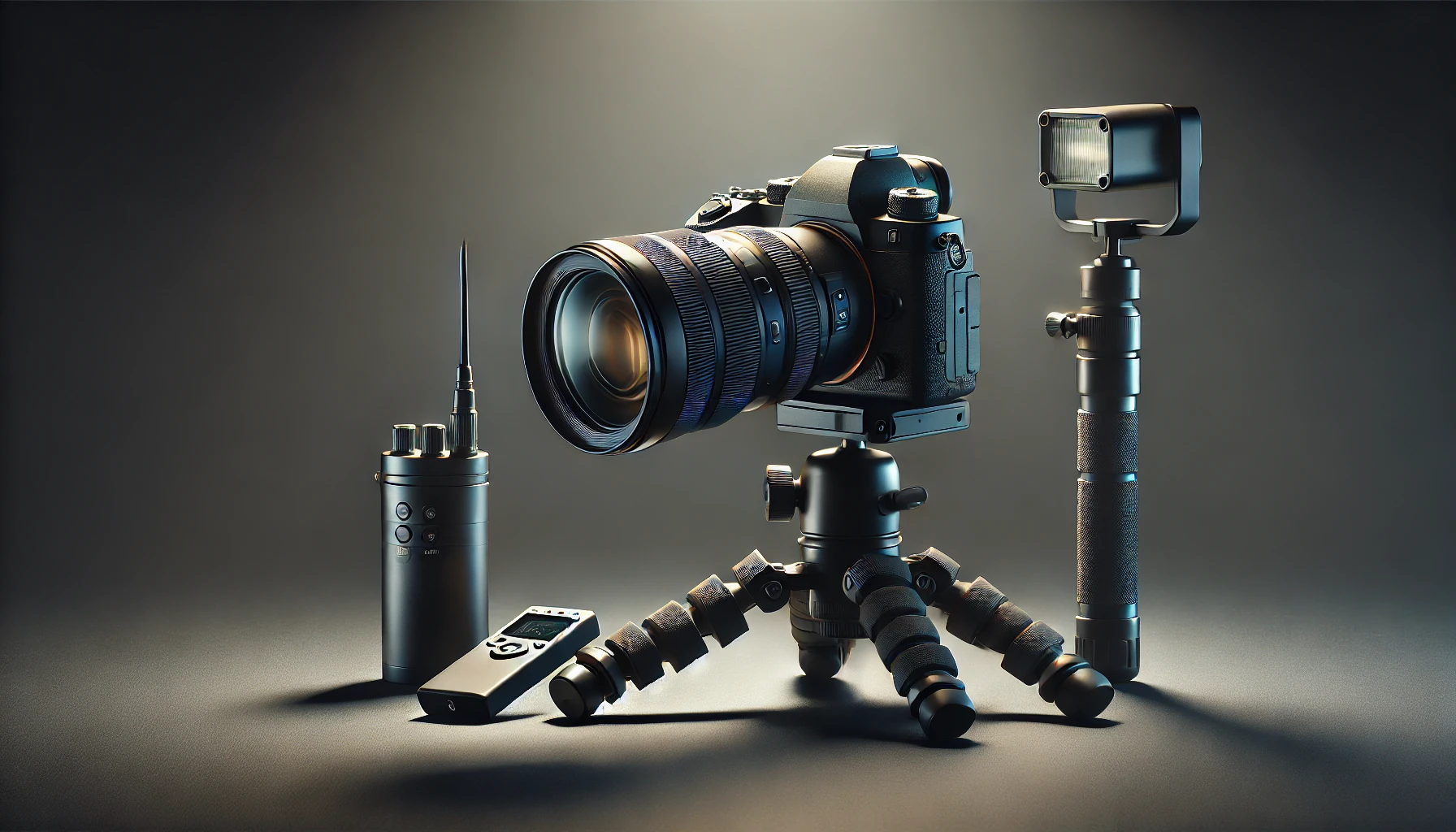
Exploring Unique Nighttime Settings
Festivals and Carnivals: These venues burst with photographic opportunities, from brightly lit rides to bustling crowds. The dynamic lighting conditions challenge your technical skills and creative vision, offering endless opportunities to capture vibrant, energetic scenes.
Iconic Landmarks: Photographing well-known landmarks at night can transform them. Lighting often accentuates their features differently than sunlight does, offering new perspectives on familiar scenes.
Post-Processing: Bringing Night Photos to Life
Post-processing plays a pivotal role in night photography. Tools like Adobe Lightroom and Photoshop can help adjust exposure, reduce noise, and enhance colors that are often muted or distorted by night lighting conditions. Techniques such as HDR (High Dynamic Range) imaging can also be useful when dealing with high contrast scenes.
Conclusion
Night photography opens up a new world of possibilities, allowing photographers to portray their surroundings in uniquely beautiful ways that are not visible to the naked eye. By mastering technical skills and embracing creative techniques, you can capture stunning nightscapes that resonate with viewers. So, next time the sun sets, don’t pack away your gear—set up your tripod, and let the stars be your guide.


